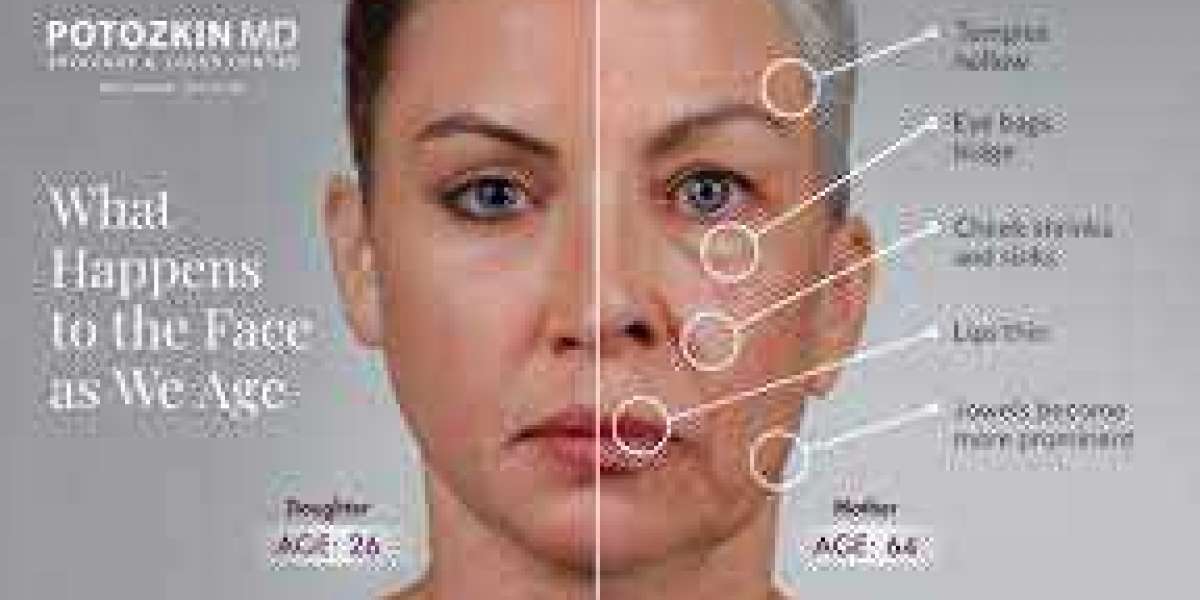Is dermal filler safe?
Dermal fillers are considered to be safe but side effects can occur. A licensed healthcare professional should perform all dermal filler procedures using only FDA-approved fillers injected with a syringe. The most common problems include: skin rash, itching, or pimple-like eruptions.
Botox derives from C. botulinum bacteria, which are present in many natural settings, including soil, lakes, forests, and the intestinal tracts of mammals and fish.
Naturally occurring C. botulinum bacteria and spores are generally harmless. Problems only arise when the spores transform and the cell population increases. At a certain point, the bacteria begin producing Botulinum toxin, the deadly neurotoxin responsible for botulism.
Botulinum toxin is extremely dangerous. Some scientists have estimated that 1 gramTrusted Source of a crystalline form of the toxin could kill 1 million people and that a couple of kilograms could kill every human on the planet.
However, when Botox is appropriately used in a therapeutic context, it is safe and has few side effects, the American Osteopathic College of Dermatology report.
Manufacturers make Botox injections with very small doses of Botulinum toxin. The drug can temporarily paralyze muscles, which can benefit people with various muscle or nerve disorders.
Commercial preparations of Botulinum toxin include:
- onabotulinumtoxin A (Botox)
- abobotulinumtoxin A (Dysport)
- incobotulinumtoxin A (Xeomin)
- rimabotulinumtoxin B (Myobloc)
- prabotulinumtoxin A (Jeuveau)
People casually use the term “Botox” to describe all of these products, though Botox is a registered trademark that one company owns.
How does it work?
Botox is a neurotoxin. These substances target the nervous system, disrupting the nerve signaling processes that stimulate muscle contraction. This is how the drug causes temporary muscle paralysis.
In order for any muscle to contract, the nerves release a chemical messenger called acetylcholine at the junction where nerve endings meet muscle cells. Acetylcholine attaches to receptors on the muscle cells and causes the cells to contract, or shorten.
Botox injections prevent the release of acetylcholine, which stops the muscle cells from contracting. In this way, the toxin helps the muscles to become less stiff.





